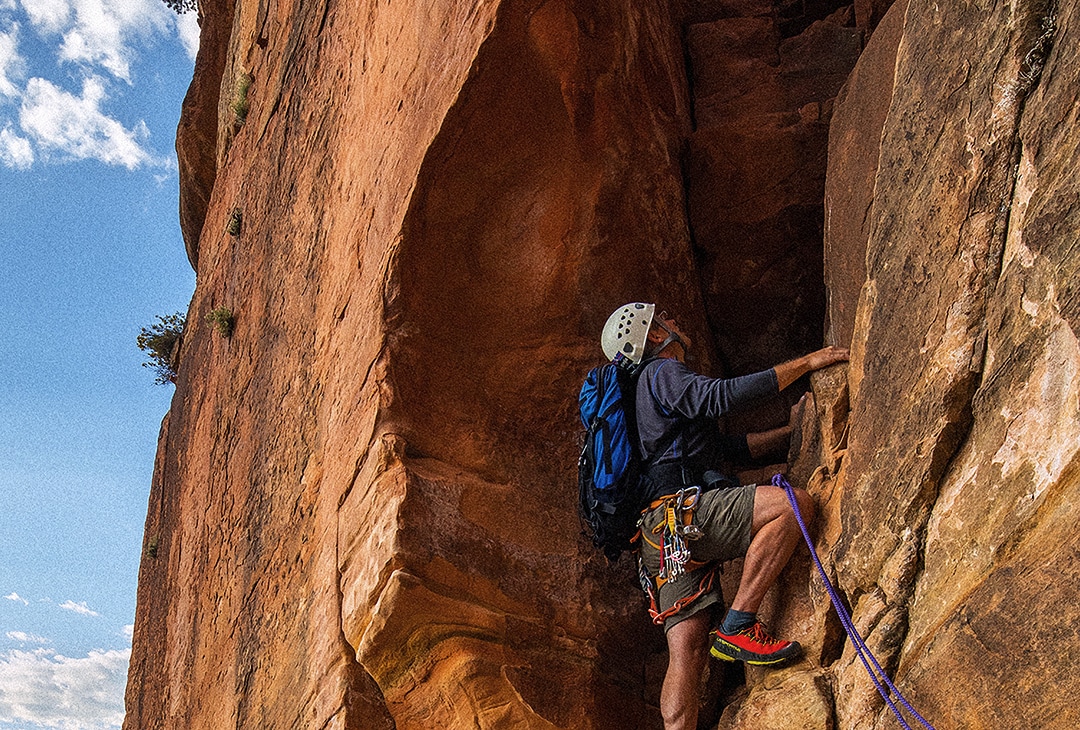Engaging Climbers as Bat Scientists
FUNDED: $25,164
MORE NEEDED: $0
As the birthplace of canyoneering and a premiere destination for rock climbing, Zion attracts world-class adventurers with committed determination. In Zion, rock climbers ascend the many cracks and crevices of the park’s sandstone walls and, at times, encounter bats. While often misunderstood as dangerous, bats are a keystone species playing a vital role in the Zion environmental ecosystem. Bats pollinate plants, control insect populations, and disperse seeds all vital to a healthy ecosystem on which we are dependent. The spread of the deadly fungal disease white-nose syndrome has wiped out over 6 million bats in the last 10 years, decreasing the northeastern bat population by an estimated 80%, setting bats on an accelerated trajectory toward extinction. As of February 2018, white-nose syndrome has not been detected in Utah or the surrounding states, but experts expect it to spread to the region within the next 8 years. Unlike biologists in the East, Western biologists have time to prepare to conserve and protect Western bat populations.
This project enables Zion, Cedar Breaks and Pipe Spring to monitor its bat populations, to locate bat roost sites, and to educate park visitors and surrounding communities about their significance. Through a partnership with the Zion rock climbing and canyoneering community, Zion will participate in climbing forums, deliver presentations at outreach events, and train local guides in bat-specific scientific research skills. Climber-collected data will be essential in locating and documenting bat roost sites, and climbers will play an important role in the research process. Zion will develop in-park educational experiences and outreach to Washington, Iron, and Kane County classrooms to teach students of all ages the importance of bats, the threat of the white-nose syndrome, and the best way to prevent it from spreading to the West. This project elevates Zion as a leader among National Park Service units by documenting an understudied and highly threatened species while engaging climbers in cutting-edge conservation efforts.

